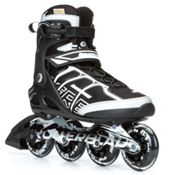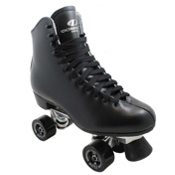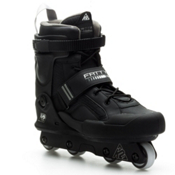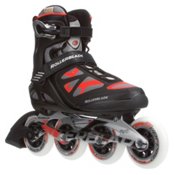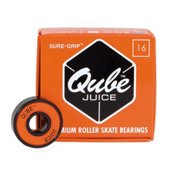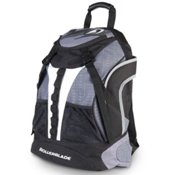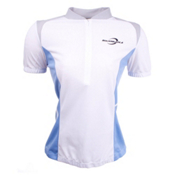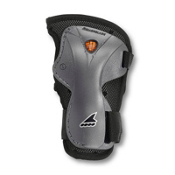Inline Skating Frequently Asked Questions
What equipment do I need to inline skate? Are there any health benefits gained from inline skating? What are the major muscles worked when inline skating? What are the risks of inline skating? Where are the best places to inline skate? Why has inline skating become so popular? What is aggressive inline skating? What is the difference between inline skating and rollerblading?
What equipment do I need to inline skate? You’ll need a helmet,elbow pads, knee pads and wrist guards (skate protective gear). You can click on the words for more information and an outstanding product selection.
Are there any health benefits gained from inline skating? Absolutely! You can get all of the aerobic benefits of running or jogging, without the pounding that goes along with running and jogging. The absence of this pounding makes inline skating much less stressful on your knees and other joints. Also, you can significantly increase the intensity of the aerobic benefits of inline skating by continually swinging your arms in concert with your legs. To get the maximum aerobic workout it is worth stating that you must keep moving – coasting will diminish the cardio benefits of inline skating. Another health benefit of inline skating that should not be overlooked is your body's exposure to fresh air and sunshine. In today’s culture, most people spend too much time cooped up indoors. Inline skating offers an escape from the daily (indoor) grind, and provides the fresh air and sunshine that your body needs.
What are the major muscles worked when inline skating? The major muscles worked when inline skating are the legs - specifically the quadriceps and hamstrings. As previously mentioned, you can also tone your arms while inline skating by continually swinging your arms in concert with your legs.
What are the risks of inline skating? Falling down is the single biggest risk for inline skaters. For this reason you should always wear your inline skate protective gear. You should also be aware that being struck by an automobile or other moving vehicles (motorcycles, bicycles, etc) is a serious risk for inline skaters. In a perfect scenario inline skaters (beginners and advanced) would spend most of their time inline skating in places void of automobile traffic. Unfortunately, we know that this is not always feasible or practical. When you cannot avoid inline skating near traffic, stay alert and always exercise extreme caution.
Where are the best places to inline skate? For recreational skating, anywhere you can find a hard, level surface away from the flow of traffic will work great. Many cities and parks have bicycle trails that are great for inline skating. One of my favorite places to inline skate is on old railroads that have been converted into paved bike paths. If you live near one of these “rails to trails” you may be able to enjoy miles of superior inline skating conditions - all free of charge.
Why has inline skating become so popular? Inline skating allows skaters to move smoothly on any hard surface outside the rink - this is what we believe really turned people on to inline skating. I suppose anyone can roller skate outside, but it is just not the same. How did inline skating gain nationwide attention? The television. One of the first times I saw someone inline skating was on a television commercial. I don’t recall what the commercial was selling, but I do remember thinking how cool it would be to inline skate outside, anytime and anywhere I could find a hard or semi-hard surface! That commercial motivated me to buy my first pair of inline skates, and just over a year later I became an avid inline skater!Speed skating is basically racing on inline skates. Inline speed skating is similar to ice speed skating, and it is not uncommon for a person that races inline to switch back and forth between ice and inline skates.
What is aggressive inline skating? Aggressive inline skating is not for the faint of heart. Aggressive inline skaters often perform dangerous skating tricks. They may glide down a handrail or perform flips or spins on a skating ramp. Aggressive inline skaters are generally excellent skaters and enjoy the thrill of performing very difficult skating stunts.
What is the difference between inline skating and rollerblading? The terms inline skating and rollerblading are often used synonymously. Rollerblading is actually the name of a company that sells inline skating products. Inline skating on the other hand consists of skating with a pair of skates that have four wheels all in a line - one in front of the other. Some inline skates have five wheels in a line (often speed skates) but four is the standard.
|
Skate Equipment >
Inline Skates
Roller Skating Equip
